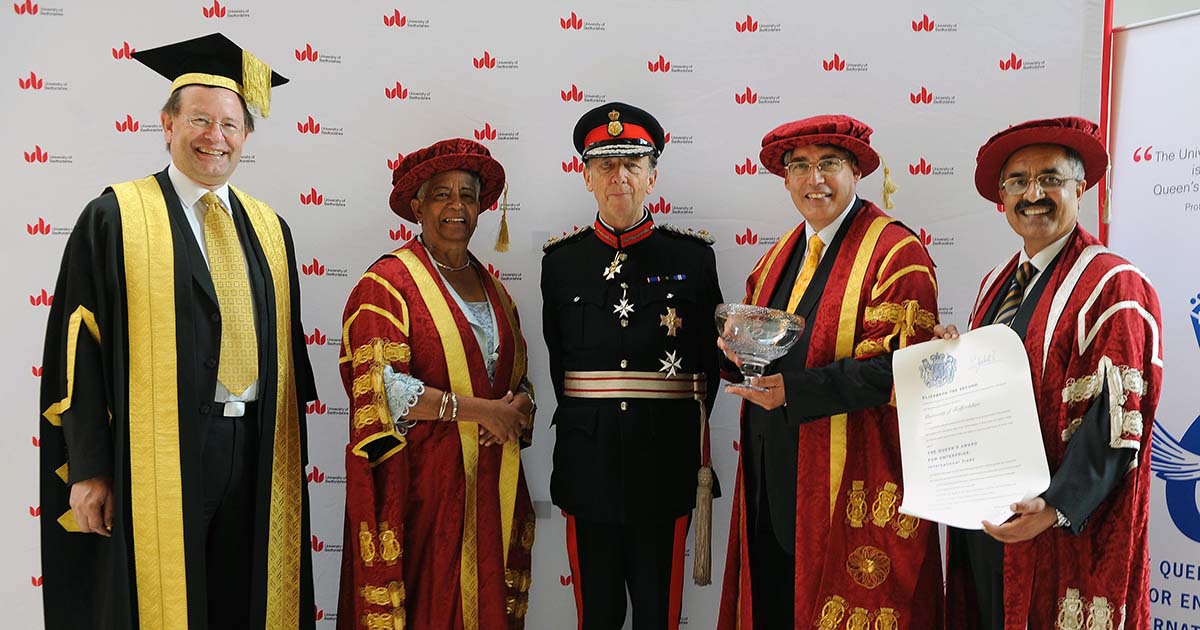Times Higher Education publishes dodgy university rankings for Australian universities.

Times Higher Education (THE) publishes a world university ranking that includes Australian universities. Each rating demonstrates how prestigious a uni is regarded by overseas academics.
THE University Rankings for Australia: 2026
Just ahead of the 2026 academic year, here are the latest ratings for the top universities in Australia.
| Aust rank | World rank | University | State |
|---|---|---|---|
| 1 | 37 | University of Melbourne | VIC |
| 2 | 53 | University of Sydney | NSW |
| 3 | 58 | Monash University | VIC |
| 4 | 73 | Australian National University | ACT |
| 5 | 79 | UNSW Sydney | NSW |
| 6 | 80 | University of Queensland | QLD |
| 7 | 133 | University of Adelaide | SA |
| 8 | 145 | UTS | NSW |
| 9 | 153 | University of Western Australia | WA |
| 10 | 166 | Macquarie University | NSW |
| 11 | 225 | Deakin University | VIC |
| 11 | 225 | QUT | QLD |
| 11 | 225 | University of Wollongong | NSW |
| 14 | 275 | Curtin University | WA |
| 14 | 275 | La Trobe University | VIC |
| 14 | 275 | RMIT University | VIC |
| 14 | 275 | Swinburne | VIC |
| 14 | 275 | University of Newcastle | NSW |
| 14 | 275 | University of Tasmania | TAS |
| 14 | 275 | Griffith University | QLD |
| 21 | 325 | Flinders University | SA |
| 21 | 325 | Western Sydney University | NSW |
| 23 | 375 | Edith Cowan University | WA |
| 23 | 375 | UniSQ | QLD |
| 23 | 375 | James Cook University | QLD |
| 26 | 450 | Australian Catholic University | NSW |
| 26 | 450 | Bond University | QLD |
| 26 | 450 | Charles Darwin University | NT |
| 26 | 450 | Murdoch University | WA |
| 26 | 450 | University of Canberra | ACT |
| 26 | 450 | Central Queensland University | QLD |
| 26 | 450 | Southern Cross University | NSW |
| 33 | 550 | Federation University Australia | VIC |
| 33 | 550 | Victoria University | VIC |
| 33 | 550 | University of the Sunshine Coast | QLD |
| 36 | 700 | Charles Sturt University | NSW |
| 37 | 900 | University of Notre Dame | NSW |
Problems with Times Higher Ed
Times Higher Education (THE) publishes Australian university rankings using a composite performance measure. Rankings are based on research publications and academic prestige. The largest components are "Citations of journal articles" and "Research prestige".
The rankings demonstrate how highly a given university is regarded among academics. To produce world rankings, THE surveys many thousands of academics worldwide each year. THE rankings are comparable to QS and Shanghai rankings.
While THE’s survey is more extensive than U.S. News... it still falls prey to the inherent statistical flaws and response biases of reputation scoring.
Ranking Components
ACADEMIC RESEARCH AND INCOME (70%)
Citations of journal papers 30%
Research prestige among academics 18%
Journal papers per academic 6%
Research income per academic 6%
Industry income per academic 3%
% of journal articles with a foreign co-author 3%
Ratio of international to domestic staff 3%
Institutional income per academic 2%
TEACHING PRESTIGE AND STUDENT RATIOS (22%)
Teaching prestige among academics 15%
Academic-to-student ratio 5%
Ratio of international to domestic students 3%
DOCTORAL PROGRAM SIZE (8%)
Doctorate graduates per academic 6%
Doctorate-to-bachelor degree ratio 2%
Value of THE University Rankings
For students, THE rankings are useful for quantifying how much regard society (including employers) may hold for a degree from a particular university. If academics hold an institution in high regard, obtaining a degree from that institution may help your career by conferring status.
- The rankings are based on 13 measures. Almost 70% of a university's rating is determined by researcher output, income and affiliations.
- Teaching prestige is also a factor, accounting for 15%. This measures teaching quality as perceived by academics in other institutions, which is highly correlated with overall prestige.
- There is a strong emphasis on doctoral programs, with over 8% of a university's score based on the number of doctorates awarded.
Misleading Statements
Time Higher Education claims to provide the only global university performance tables to judge research-led universities across all their core missions: teaching, research, knowledge transfer and international outlook. The publisher also claims to provide the most comprehensive and balanced comparisons, which are trusted by students, academics, university leaders, industry and governments.
Our advice to students is to not trust the Times Higher Education claims nor their rankings. The rankings have not been constructed with students in mind.
- The teaching prestige measure is flawed because it only considers the opinions of academics. How does an academic from one university have any great insight into teaching standards in another?
- Despite its flaws, it is odd that teaching prestige is given a lower rating than research prestige (15% versus 18%). The weightings just tilt the balance further towards academic research.
- The heavy weighting on doctoral program size is also strange. Why does this indicate better performance and why it is given a heavy weighting? THE claims that undergraduates tend to value working in a rich environment that includes postgraduates. You would think undergraduates care more about the quality of services delivered to them.
About the Author
Dr Andrew Lancaster, PhD (Economics) is an Australian higher-education analyst and economist. He holds a PhD in Economics from the Australian National University (ANU).
Since 2013, he has researched and written about Australian universities and global ranking systems. His work covers Times Higher Education (THE), QS, ARWU (Shanghai), and Webometrics.
His analysis focuses on ranking methodology, weighting systems, reputation bias, and signalling effects. A core theme is separating genuine institutional brand value from misleading assumptions about teaching quality and student experience.
Dr Lancaster has advised thousands of university students on how to interpret rankings realistically when choosing a degree. He is the founder and editor of AustralianUniversities.click, which publishes independent, data-driven analysis of Australian higher education.


